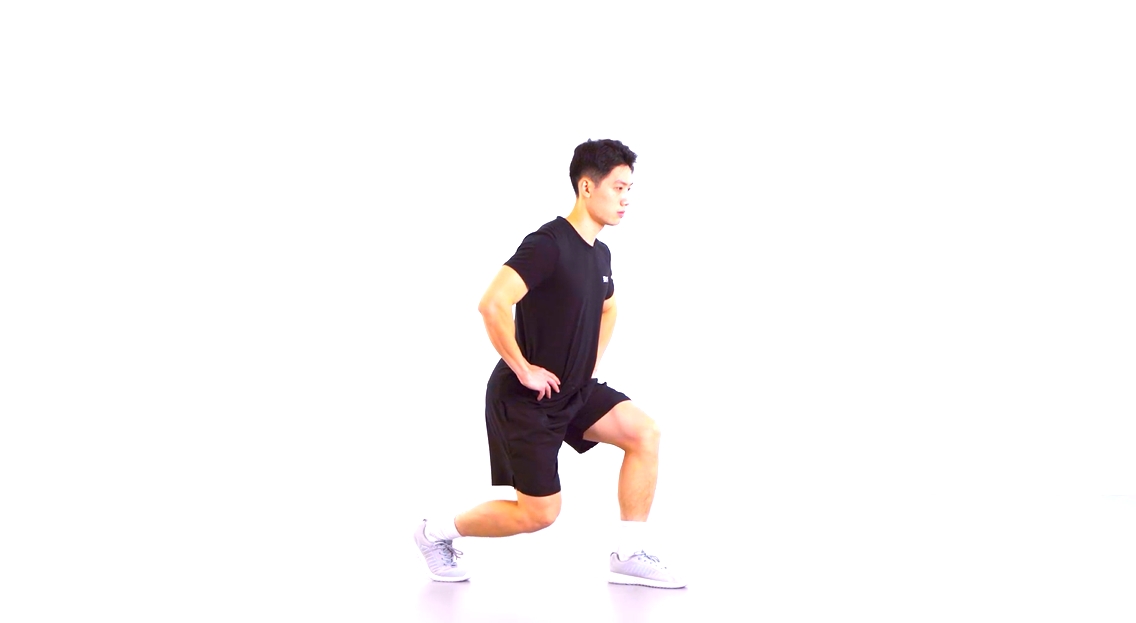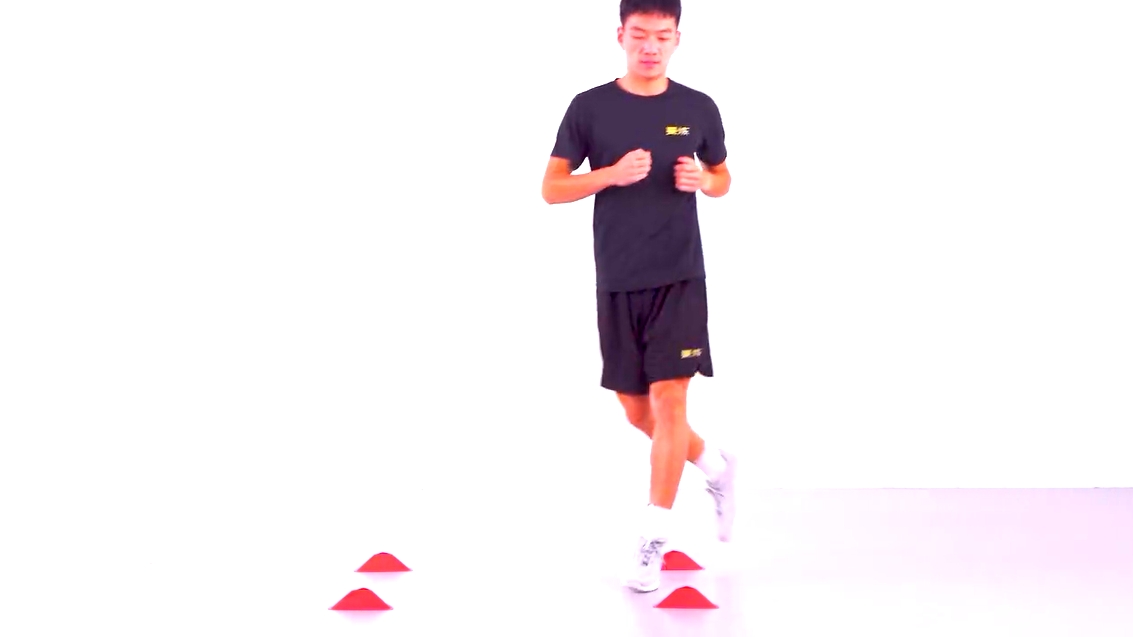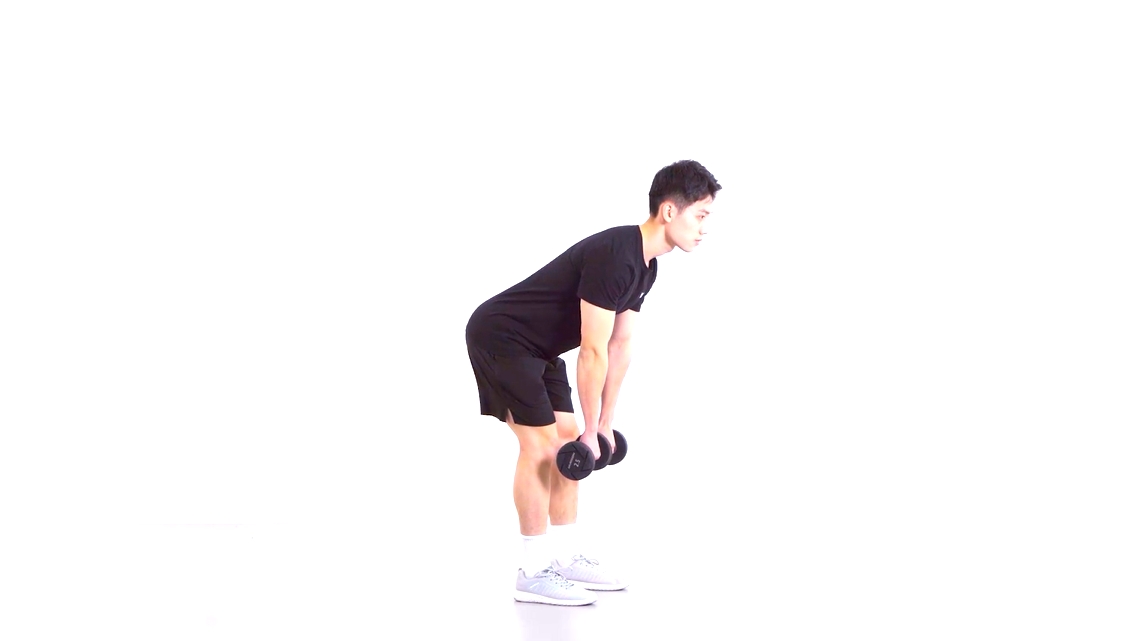How you should exercise after a hamstring strain
If you have any queries or suggestions, please feel free to reach out via email to info@harisonfitness.com. We will do everything in our capacity to ensure that you love your experience with us.
Many people think that whenever they feel pain in their thighs after exercising, it is a hamstring strain. In fact, it is not quite true, there are times when the pain is just due to muscle soreness caused by exercise, rather than hamstring strain, as long as a few days of rest will be good, and you can also walk normally. So, when it comes to this situation, how should you differentiate?
01 Difference Between Muscle Strain and Muscle Soreness
1. By nature
A hamstring strain can be caused by a sustained exercise or by a sudden exercise, it is sore because damage has occurred to the muscle fibers, not necessarily a break, but certainly an injury. Whereas muscle soreness is caused by a sustained exercise, or not stretching before the exercise, which creates fatigue in the muscle, which is the feeling of soreness. Although it hurts, the muscle fibers are not damaged.
2, the state of pain
Hamstring strains are sore and painful, and they are only painful in one area. While the muscle strain is not, it is also sore, but the degree of pain is not as serious as hamstring strain. And in addition to the thigh area will have a sore feeling, other parts of the body will also be sore, for example, the waist is sore, if the arm is also followed to participate in the movement, then the arm may also follow along with the soreness.
3、Treatment
Hamstring strain if not serious, can be conservative treatment, in addition to recuperation, but also can be ice, massage or take medicine. But if the strain is very serious, resulting in muscle tearing, or tendon rupture, this situation may need to go to the hospital for treatment, and may even cut the affected area, through the surgical method, the tendon will be sewn together. Muscle soreness, on the other hand, doesn’t need to be so troublesome, as long as it is treated conservatively, and in most cases it doesn’t need to be treated at all, as long as it rests appropriately, it will be back as good as new.
02How to exercise after a strain
Action 1: Lunge Squat
Action points: Hands crossed, stand with legs apart, center of gravity falls on the front side of the supporting leg. Squat when you inhale and stand when you exhale. During the movement, pay attention to the direction of the knees toward the toes. Exercise: Repeat the exercise, 2 groups each time, 10 movements per group.

Movement 2: Lateral Crossover
Movements: Stand naturally, cross your arms and keep your upper body upright. Cross one leg backward and backward, alternating between left and right. Exercise: Repeat the exercise, 2 groups each time, 10 movements per group.

Movements 3: straight leg hard pull
Action points: the action for the standing position, before doing to prepare two dumbbells. Keep the upper body upright, arms naturally hanging down, each hand holding a dumbbell, legs apart, and shoulder width. Arms gradually down to the direction of the knees, the waist should also follow the bend, and then slowly stand straight. Exercise: Repeat the exercise, 2 groups each time, 10 movements per group.

The above three movements can help improve the stability of the lower limbs, restore the function of the hamstrings and improve overall strength. When doing them, it’s best to choose to do them 40 minutes after a meal, two to three times a day.






Leave a Reply
Want to join the discussion?Feel free to contribute!